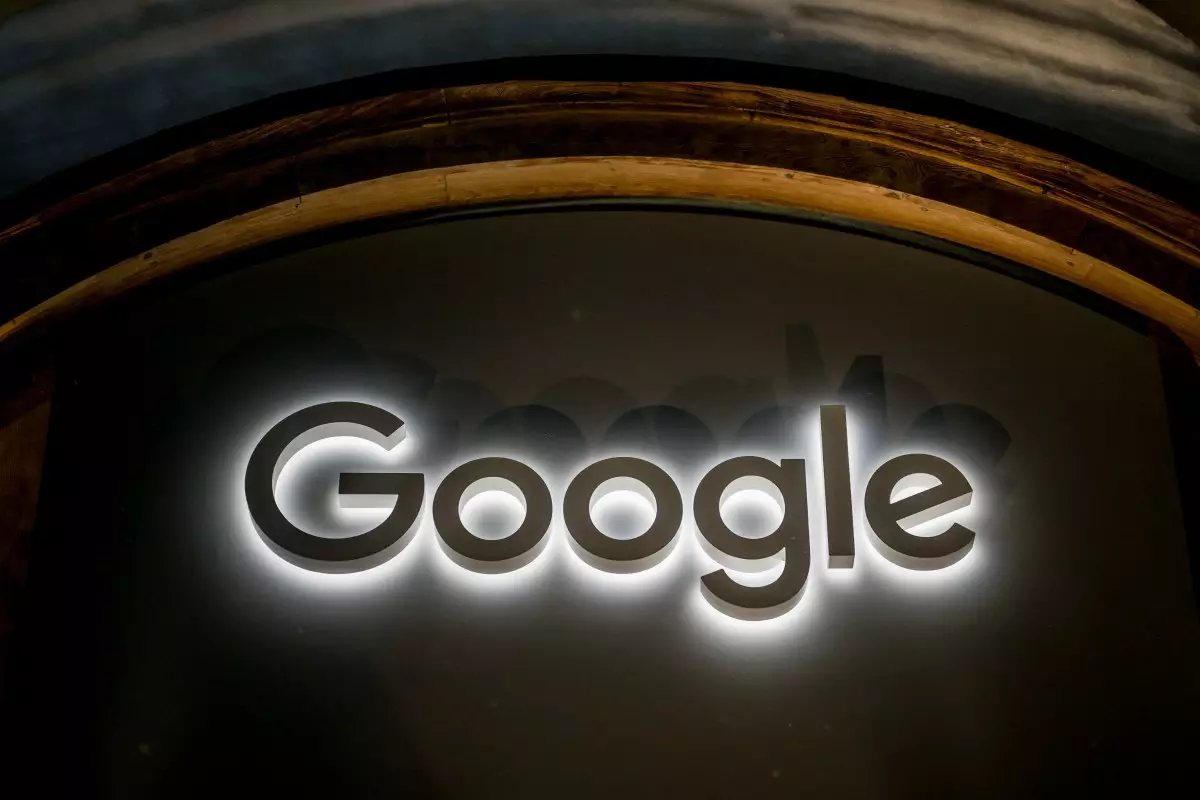Google’s recent announcement regarding the formation of a new team dedicated to developing artificial intelligence models capable of simulating the physical world marks a significant advancement in AI technology. This initiative will be led by Tim Brooks, previously a co-lead on OpenAI’s video generator Sora. As part of Google DeepMind, this newly established team aims to tackle innovative challenges through the deployment of massive generative models. Brooks took to X (formerly Twitter) to reveal this exciting news, signaling a shift in focus toward more realistic and complex AI simulations.
The implications of this project are vast, as it rounds out Google’s AI landscape by integrating efforts from existing projects such as Gemini, Veo, and Genie. These projects represent various aspects of AI functionality – Gemini excels in analyzing images and generating text, while Veo specializes in video generation. Genie, on the other hand, presents a novel AI system that can simulate games and 3D environments dynamically. Collectively, these contributions illustrate Google’s ambition to not just participate in AI development, but to lead the way in creating advanced systems that can better understand and represent the world.
Brooks’ announcement brings attention to the critical intersection of video and multimodal data, which he believes is pivotal in advancing towards Artificial General Intelligence (AGI). AGI refers to the capability of an AI system to perform any cognitive task that a human is capable of doing. The promise that these world models could someday lead to AGI opens the door to numerous applications, including visual reasoning, planning for robots, and creating immersive entertainment experiences.
The idea of real-time interactive generation tools is particularly compelling. Such technologies could revolutionize how humans interact with AI, creating environments where simulations are indistinguishable from reality. As these tools develop, they may find applications in diverse fields, from video games to training simulations for autonomous systems—an area with potentially transformative societal implications.
It’s important to recognize that Google is not alone in its quest to develop world models. Many startups and established tech companies are vying for advancements in this domain. Noteworthy is Fei-Fei Lee’s World Labs, which emphasizes collaboration with creative professionals, and fledgling firms like Decart and Odyssey that promise to integrate human creativity rather than replace it.
Yet, this ambition invites scrutiny. As companies rush to implement AI in creative fields such as gaming and animation, concerns emerging from industry insiders highlight a potential threat to job security and the integrity of creative processes. Activision Blizzard’s recent adoption of AI, purportedly aimed at efficiency, has resulted in significant layoffs, raising questions about the long-term impact of these technologies on employment.
Furthermore, the controversy surrounding the application of AI in creative frameworks is compounded by the issue of copyright. Many AI models, including those under development at Google, rely on vast datasets, which may include proprietary content from video games or other media. This raises ethical and legal questions about the rights of content creators and the ownership of derivative works produced by AI. Google contends that its compliance with YouTube’s terms of service allows it to utilize content from the platform, yet it remains critical for the company to clarify how it sources material for its training processes.
As competition and technological capabilities increase, it will be vital for Google and others in the industry to address these challenges transparently. Ensuring that creative professionals are not left in the wake of advancing technologies will be central to sustaining innovation that respects and fosters human artistry.
Looking to the Future
Google’s endeavor to develop AI models that simulate the physical world represents both an exciting leap forward and a catalyst for potentially disruptive changes in various industries. While the quest for developing AGI through world models is ambitious and laden with promise, the path forward must be navigated with caution, particularly concerning ethical implications and the future of creative professions. Moving forward, collaborations between AI developers and creative professionals could define the next stages of this technological evolution, fostering an ecosystem that values both innovation and human creativity. As Brooks takes charge of this new initiative within Google DeepMind, the technology landscape is certainly poised for a remarkable transformation.

